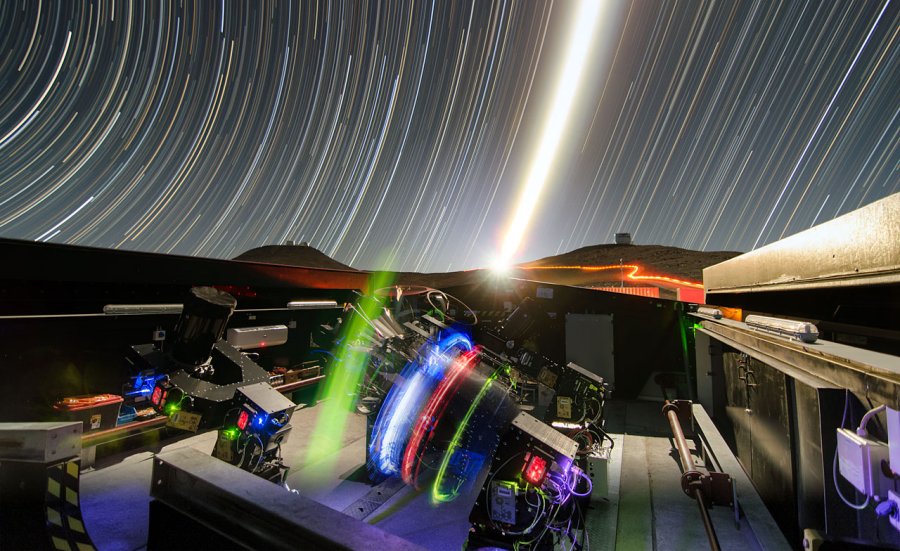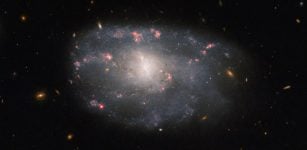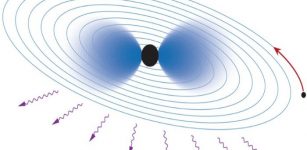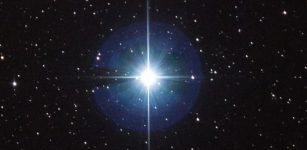Gigantic Gas Planet NGTS-1b Has Small Companion Star – Planet Formation Theories Questioned
MessageToEagle.com – The existence of this celestial body was previously thought extremely improbable but an international team of astronomers has now proved it really exists.
The unusual planet NGTS-1b – the largest planet compared to the size of its companion star ever discovered in the universe – is the first to be found using the NGTS (Next Generation Transit Survey ) system at ESO’s Paranal Observatory, based in Chile’s Atacama Desert.

NGTS-1b is a gas giant (a hot Jupiter) located six hundred light years away, has the size of Jupiter, and orbits a small star with a radius and mass half that of our sun.
It is important to note that NGTS-1b is only the third gas giant to have been observed transiting an M-dwarf star, following Kepler-45b and HATS-6b.
The planet is a hot Jupiter, at least as large as the Jupiter in our solar system, but with around 20% less mass. It is very close to its star – just 3% of the distance between Earth and the Sun – and orbits the star every 2.6 days, meaning a year on NGTS-1b lasts two and a half days.
The temperature on the gassy planet is approximately 530°C, or 800 Kelvin.

The existence of NGTS-1b questions existing theories on how planets are formed because a planet of this size could not be formed by such a small star. According to these theories can form rocky planets, “but do not gather enough material together to form Jupiter-sized planets,” Britain’s Royal Astronomical Society said in a press release.
“The discovery of NGTS-1b was a complete surprise to us – such massive planets were not thought to exist around such small stars,” Dr Daniel Bayliss, from the University of Warwick and the lead author of the research. This is the first exoplanet we have found with our new NGTS facility and we are already challenging the received wisdom of how planets form.
“Our challenge is to now find out how common these types of planets are in the Galaxy, and with the new NGTS facility we are well-placed to do just that.”
The planet NGTS-1b orbits a red M-dwarf, which is the most common type of star in the universe.
Now astronomers believe there could be many more of these planets waiting to be found by the NGTS survey.
MessageToEagle.com
Expand for references









